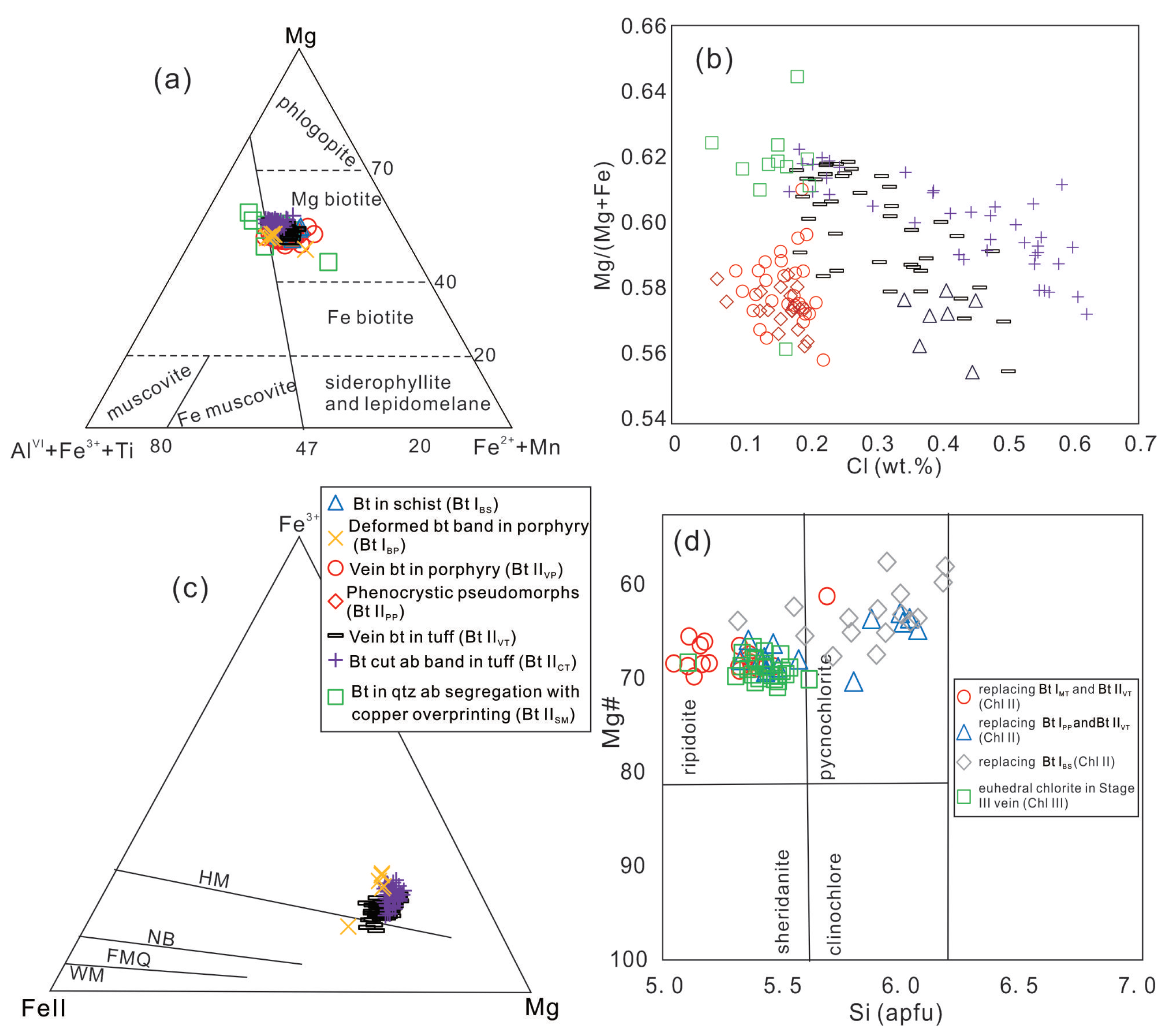

Take a look at the General command on the Options menu. Your "but the line disappears" comment is due to a default setting with regard to triangle plots. For an ultramafic scale and blue boundary lines, you should now see something that looks a bit like this (minus your data):Īs to the more general question, you can create whatever boundaries and labels you want, save those to a DPlot file, then later open that file and import and/or add that data to your file. Select the appropriate options and click OK. You'll be presented (with version 2.2.6 or later) with this dialog box: Then right-click again on the plot and select Triangle Plot Options (again, the same option is available on the Options menu). If the plot you have on the screen is not a triangle plot, first right-click on the graph and select Triangle Plot (or, equivalently, click on the Options menu, then Linear/Log Scaling, then Triangle Plot). First, yes you can plot mafic and ultramafic rock classifications starting with version 2.2.6. I have tried plotting field boundary coordinates in X-Y space and then selecting triangle plot, but the line disappears.Ī: In general you can plot any sort of boundaries and/or labels you want with a ternary plot (aka triangle plot, depending on what world you work in), and your "but the line disappears" is easily explained. Is it possible to define field classification boundaries, other than those in the soil plot, so that rock classifications can be plotted? I am using the standard IUGS rock classification diagrams for felsic, mafic and ultramafic rocks which are based on three minerals each. Garnet schist includes the high-grade index mineral garnet and indicating it has experienced much higher pressures and temperatures than chlorite.Q: I work with mineralogical data, some of which is used for rock classification. Muscovite schist contains a slightly higher grade muscovite, indicating a greater degree of metamorphism.

Chlorite schist includes the low-grade index mineral chlorite. Some metamorphic rocks are named based on the highest grade of index mineral present. The sequence slate → phyllite → schist → gneiss illustrates an increasing metamorphic grade. Low-grade metamorphism begins at temperatures and pressures just above sedimentary rock conditions. Metamorphic grade refers to the range of metamorphic change a rock undergoes, progressing from low (little metamorphic change) grade to high (significant metamorphic change) grade.


 0 kommentar(er)
0 kommentar(er)
